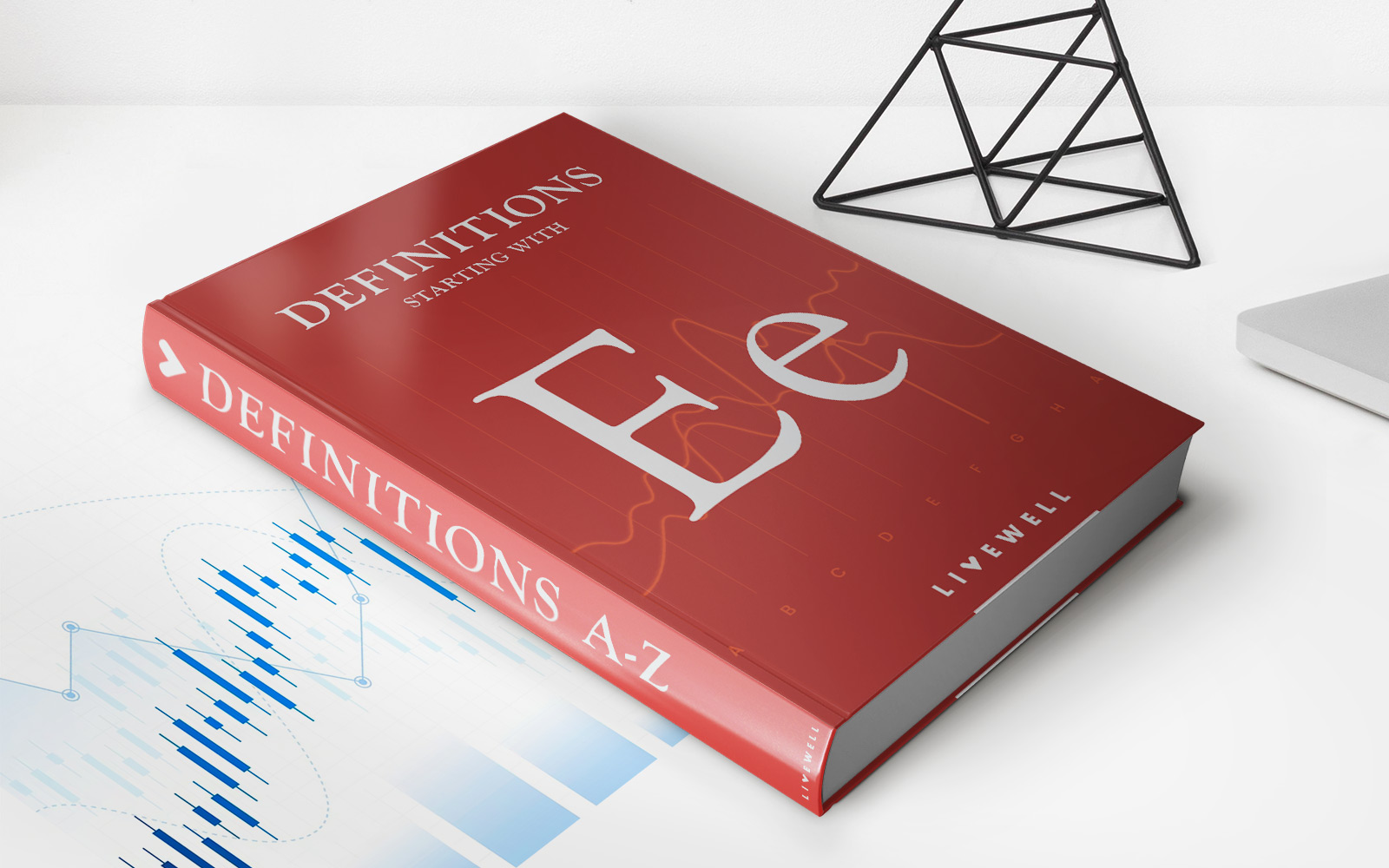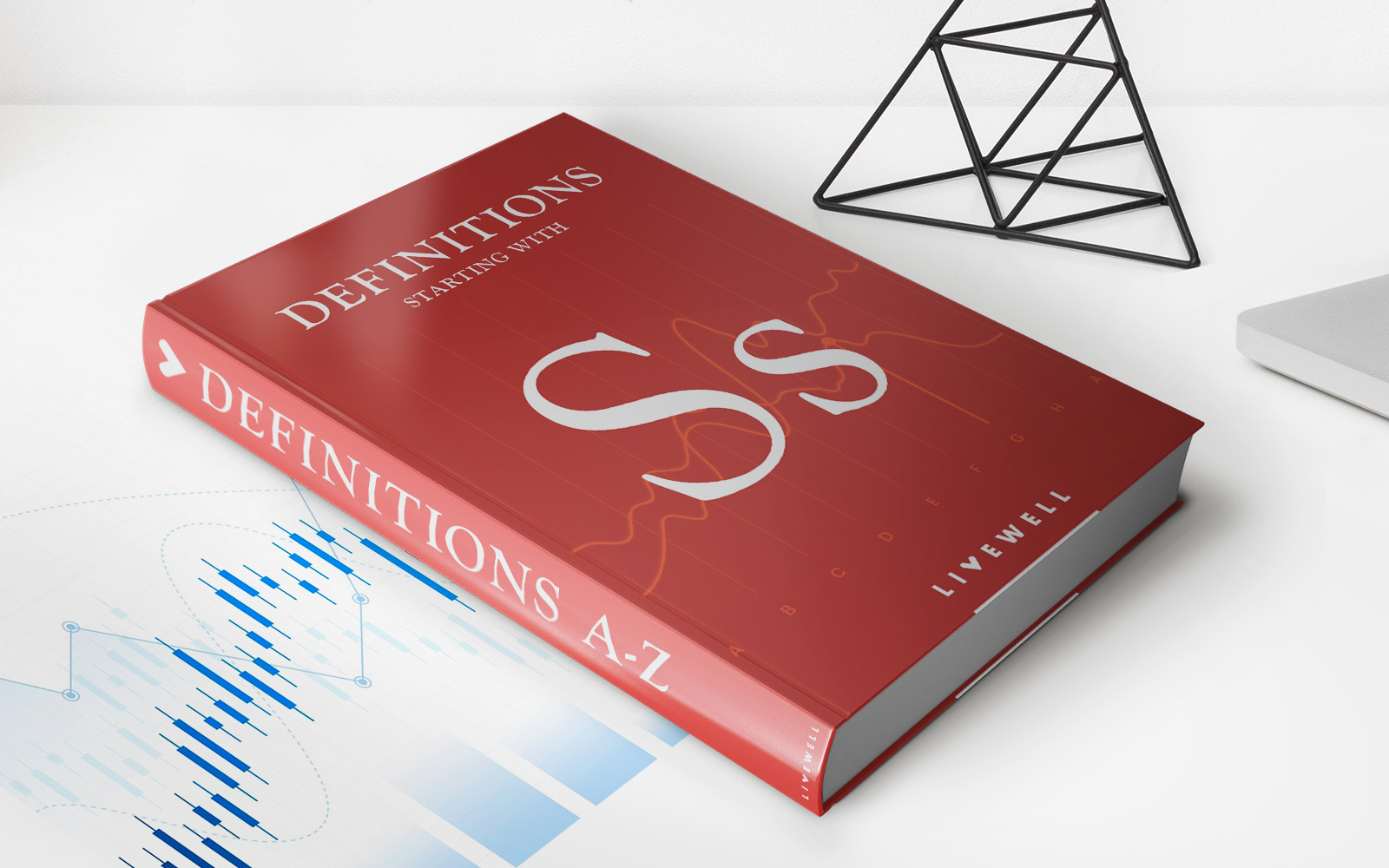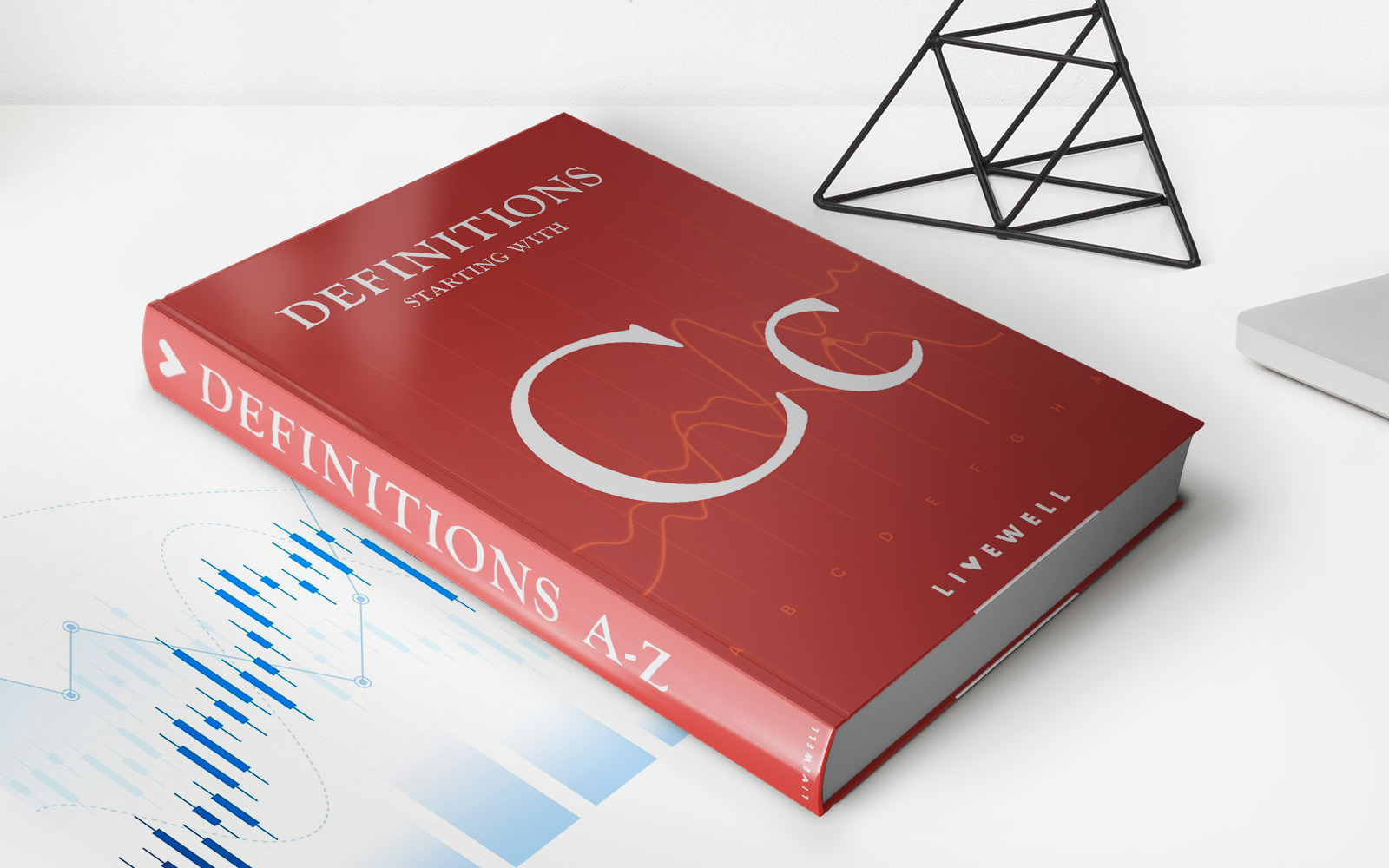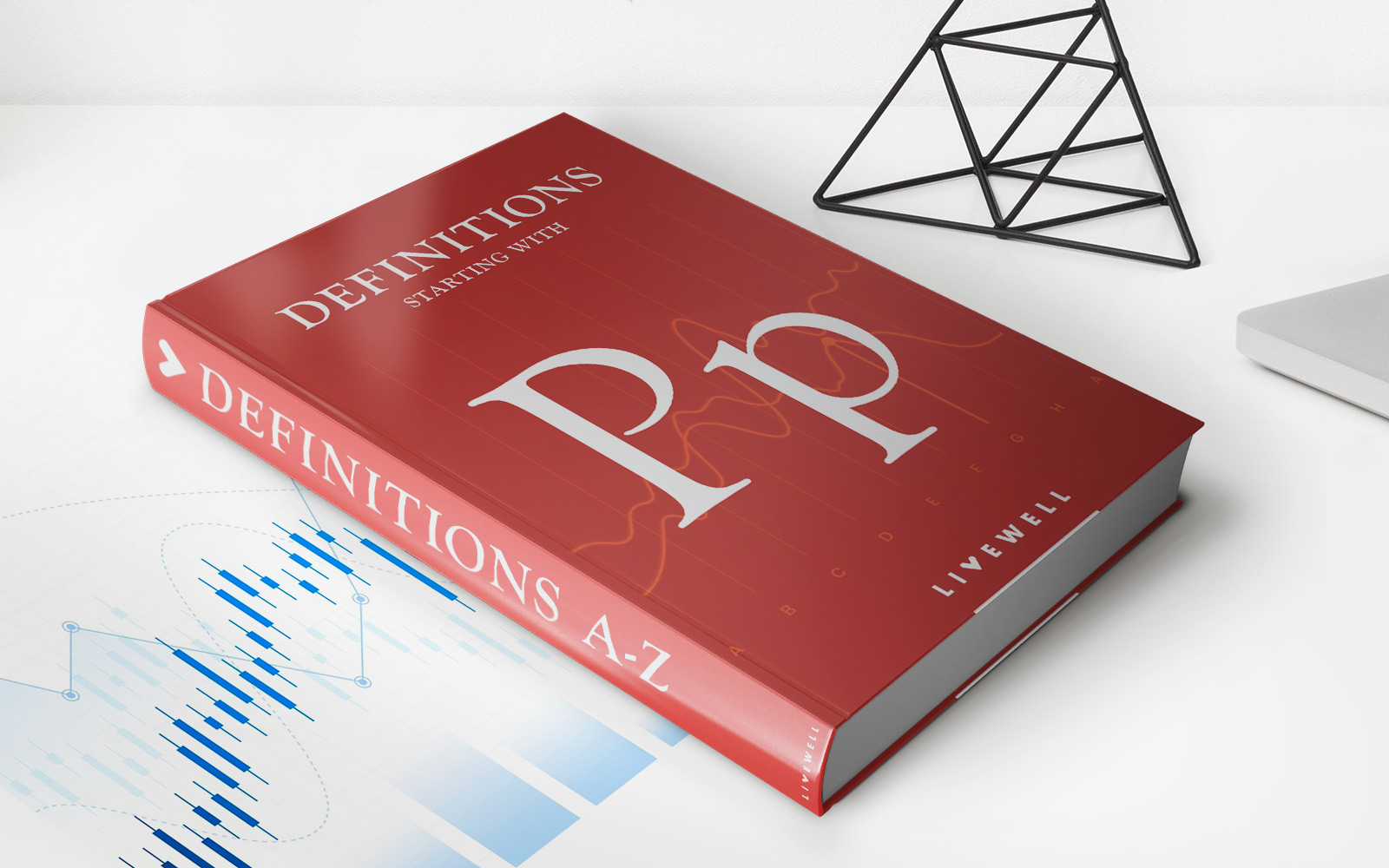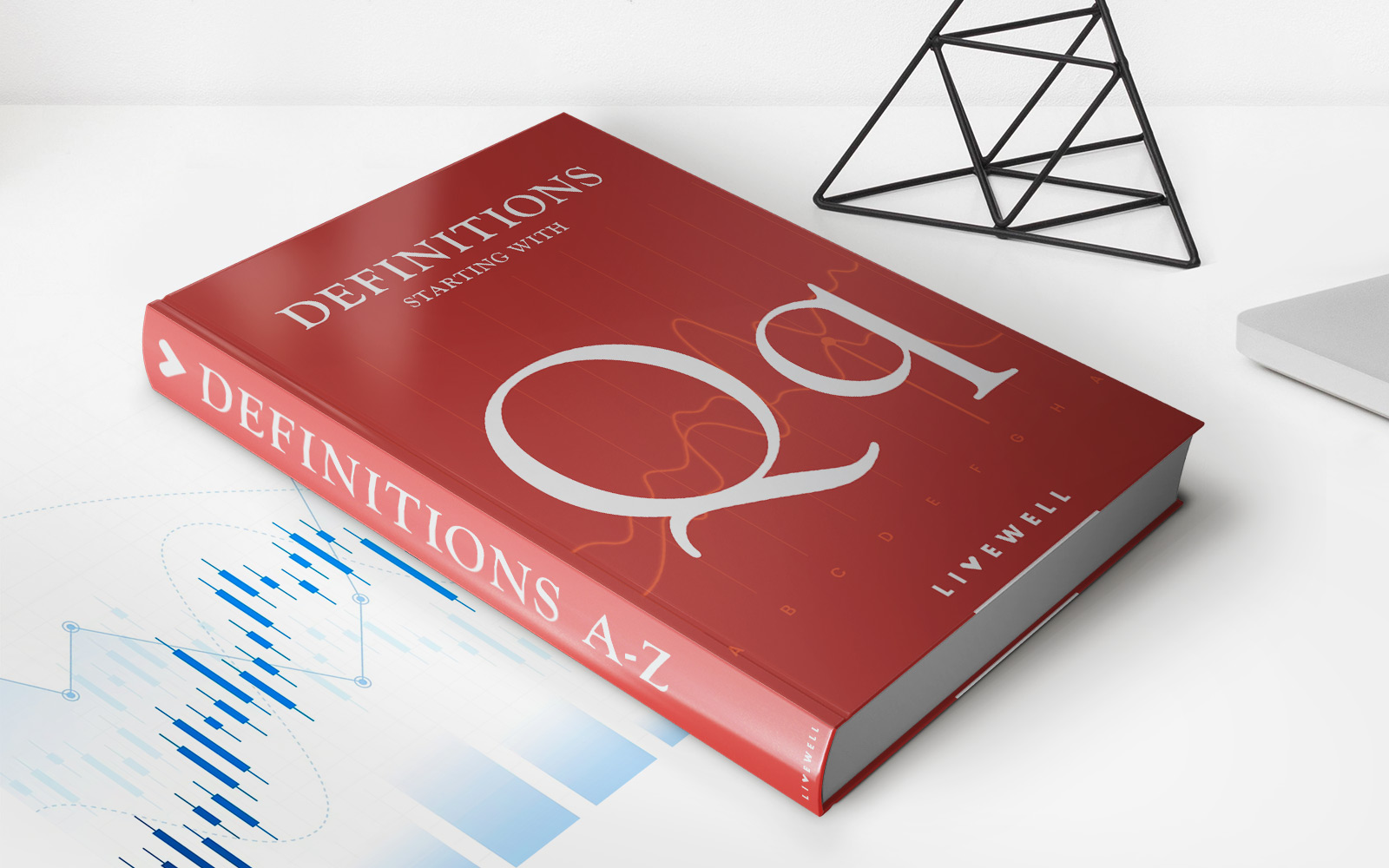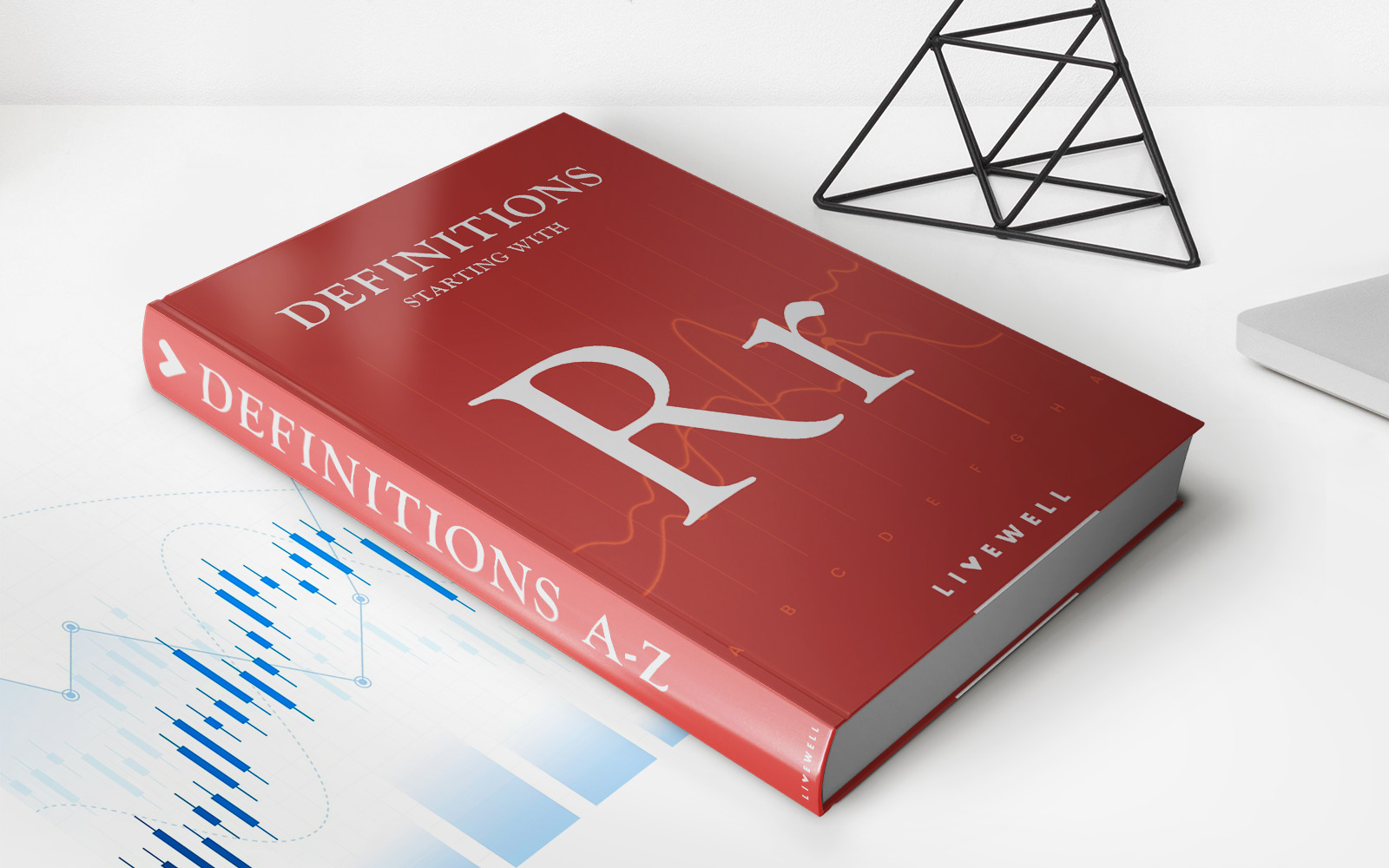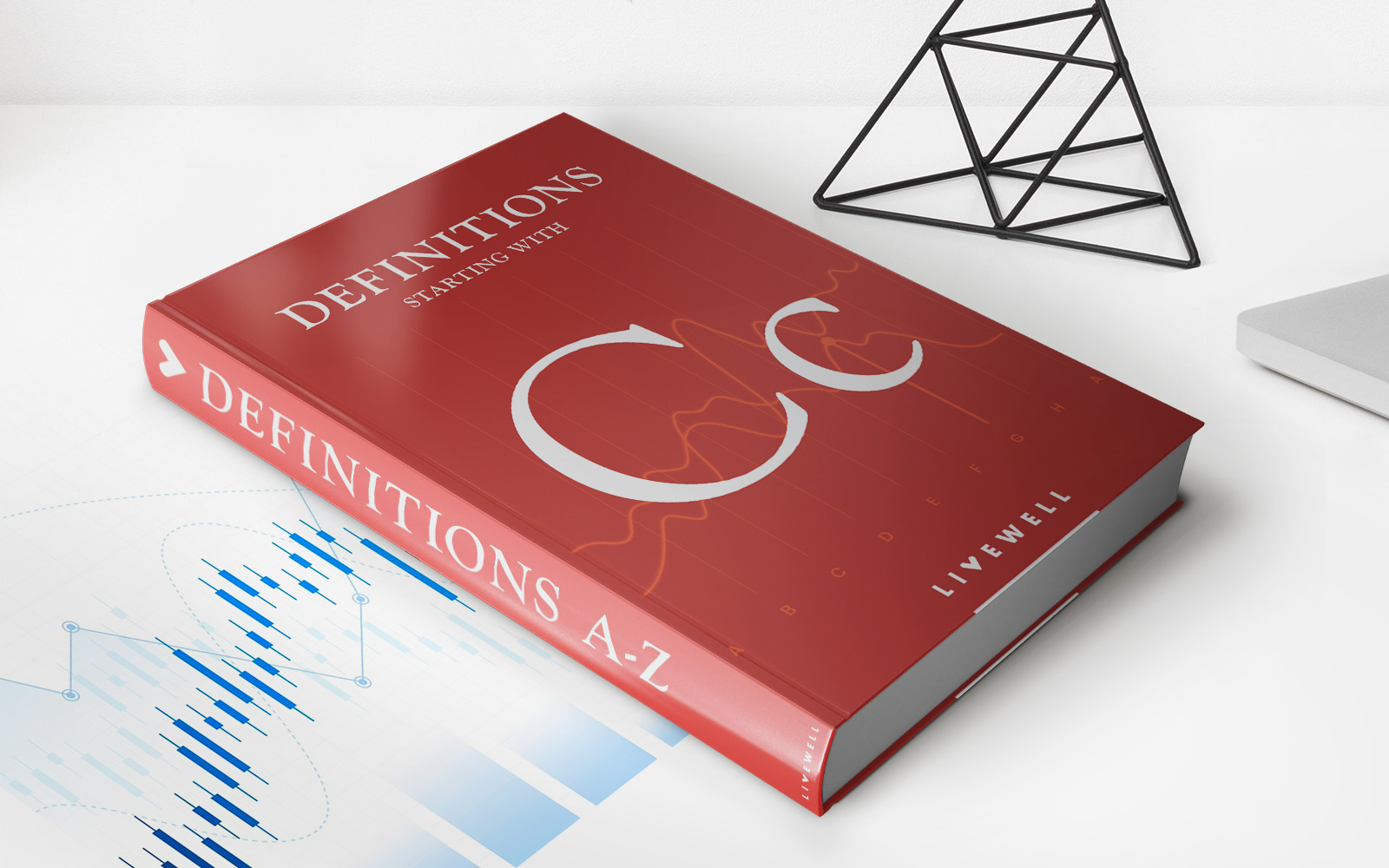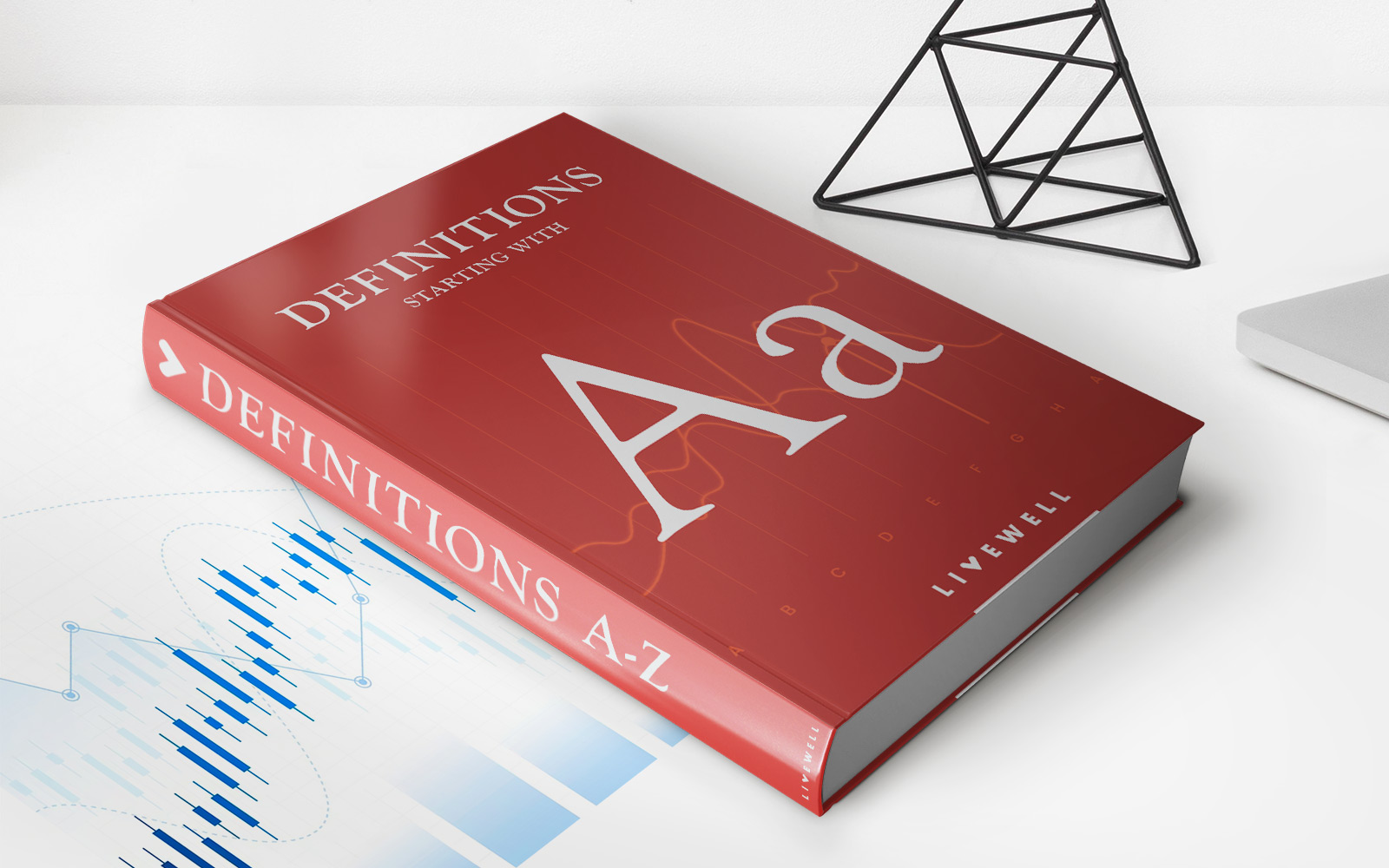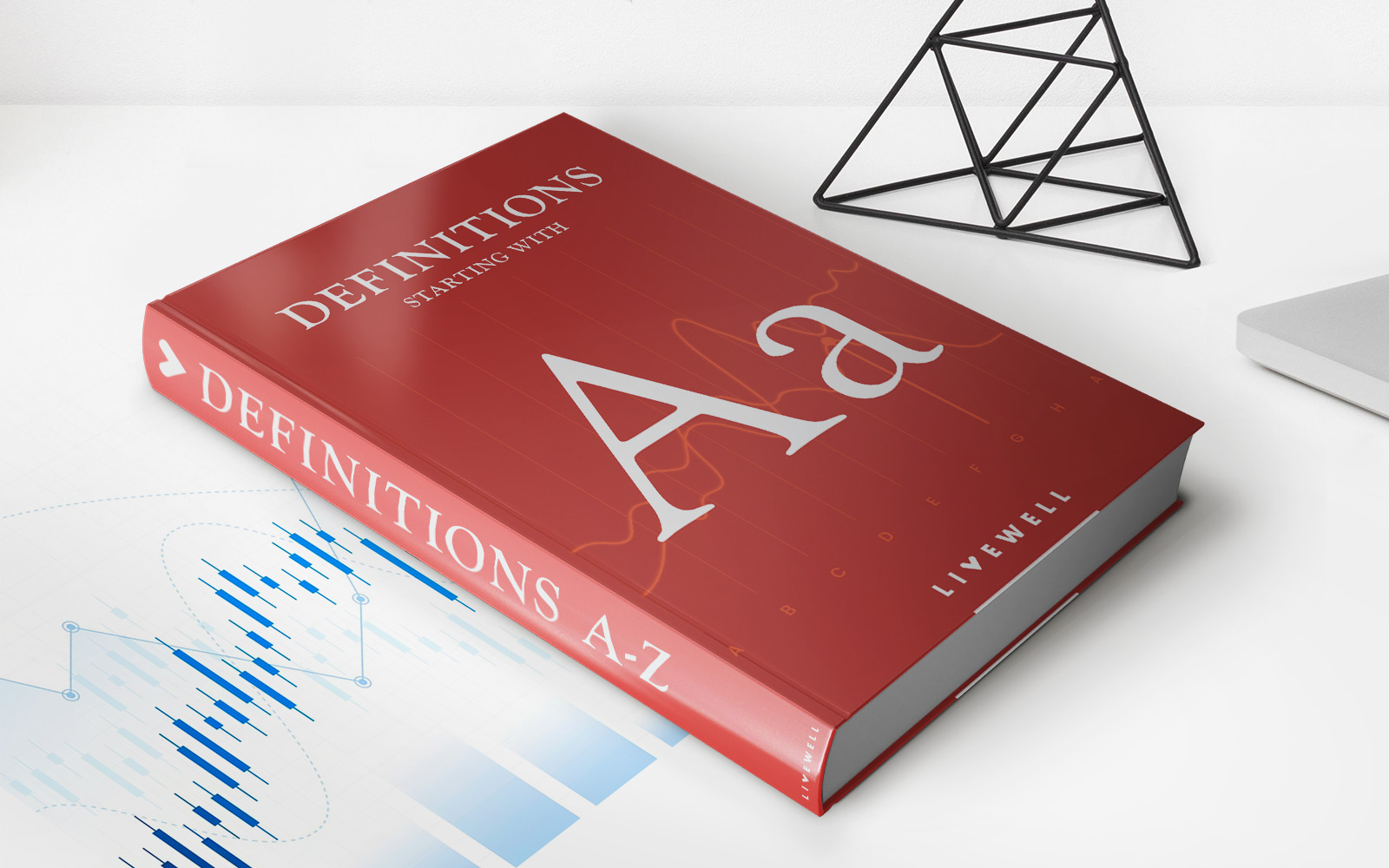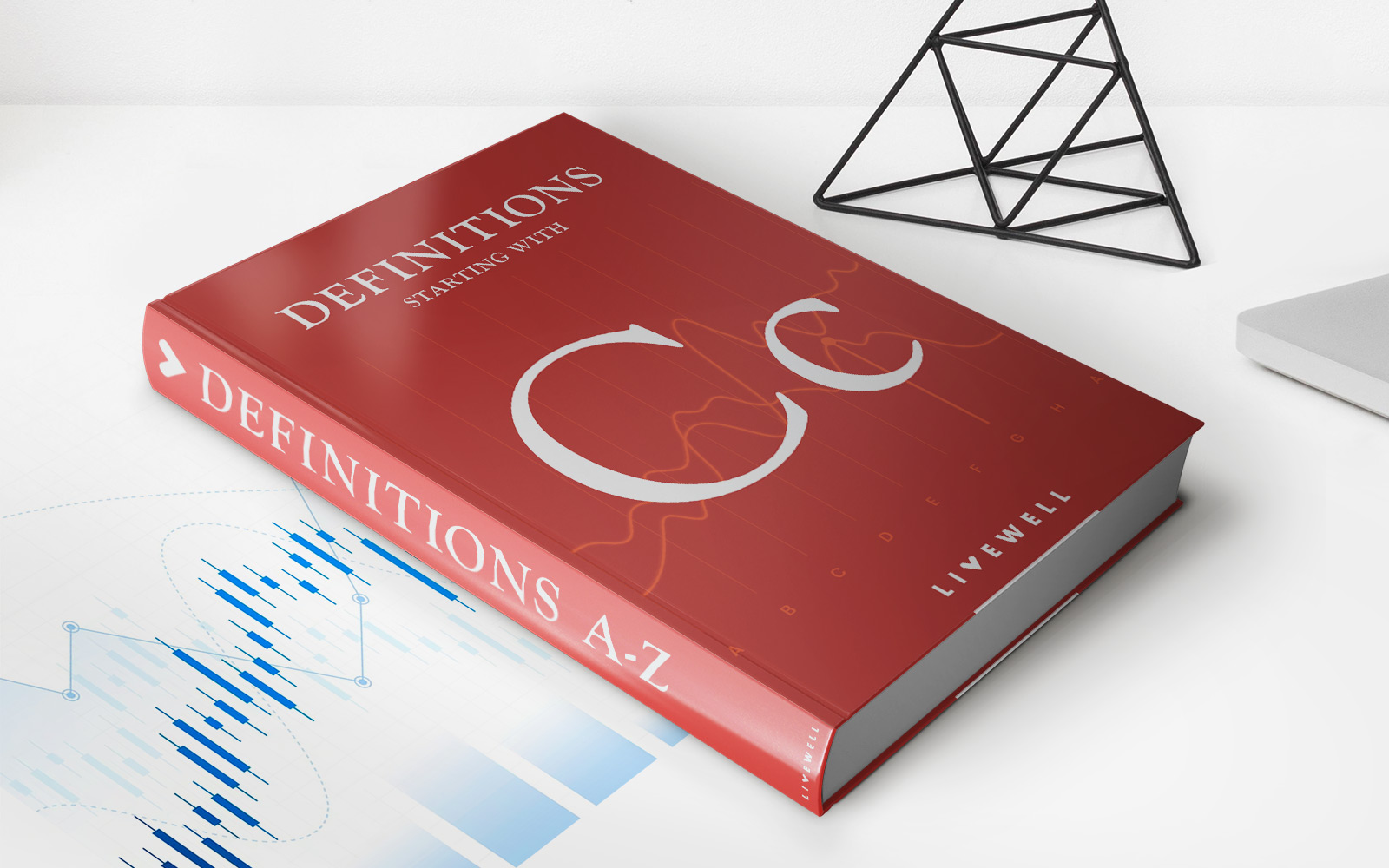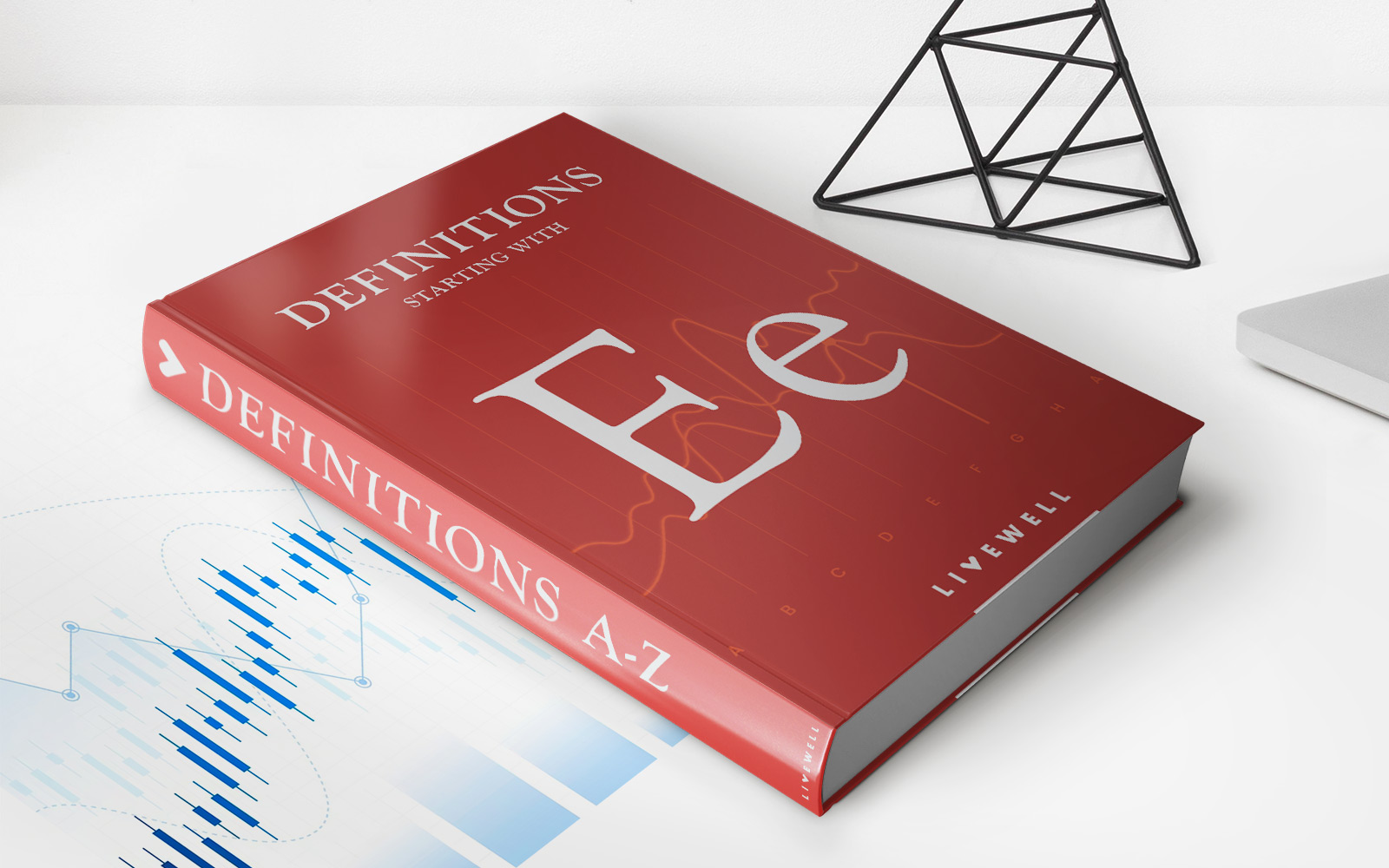Home>Finance>Q Ratio Or Tobin’s Q: Definition, Formula, Uses, And Examples
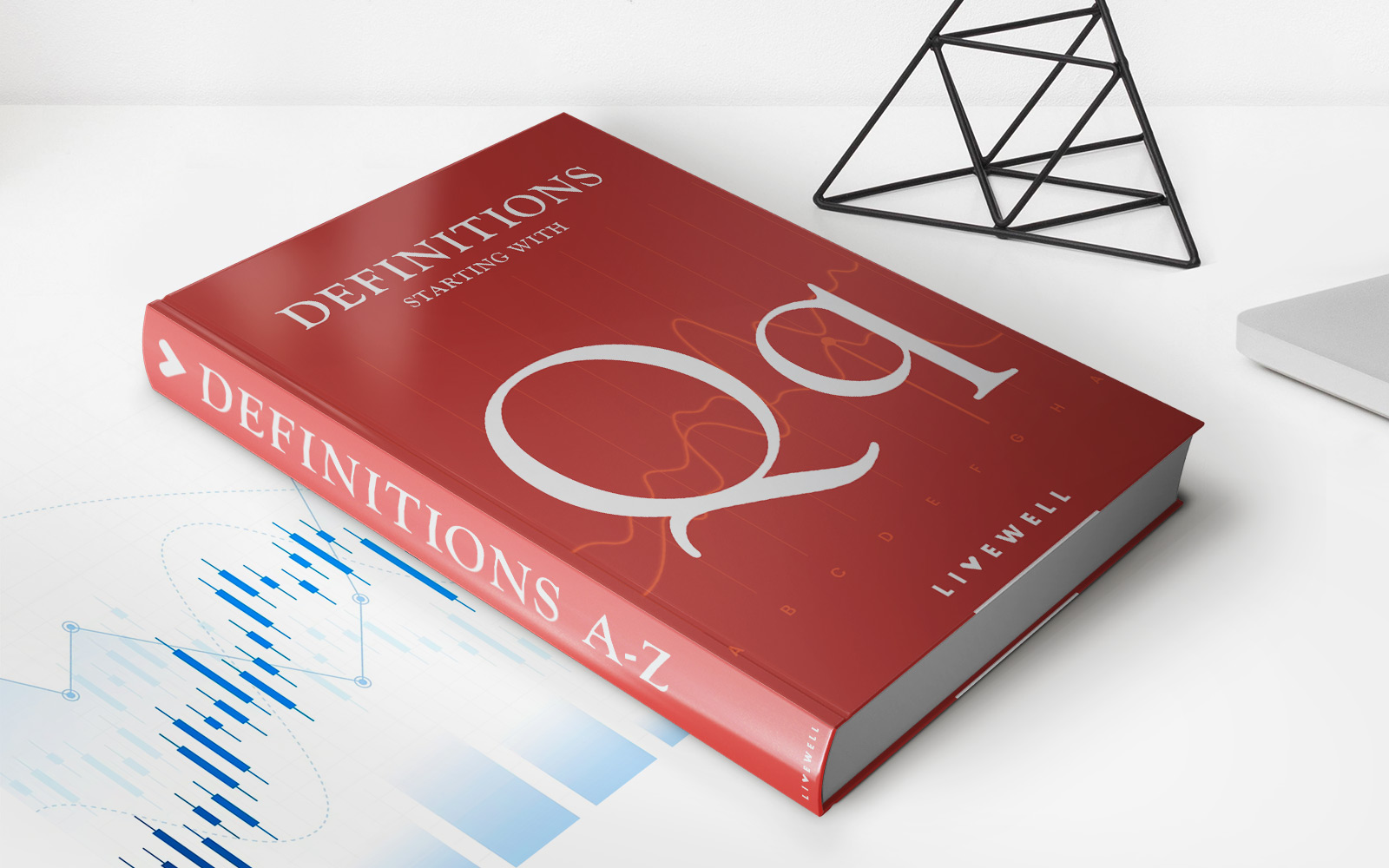

Finance
Q Ratio Or Tobin’s Q: Definition, Formula, Uses, And Examples
Published: January 14, 2024
Discover the importance of Q Ratio in finance. Learn its definition, formula, and how it is utilized through practical examples.
(Many of the links in this article redirect to a specific reviewed product. Your purchase of these products through affiliate links helps to generate commission for LiveWell, at no extra cost. Learn more)
Understanding Q Ratio or Tobin’s Q: Definition, Formula, Uses, and Examples
Welcome to our “Finance” category, where we explore various financial concepts and strategies. In this blog post, we will delve into the intriguing world of Q Ratio, also known as Tobin’s Q. If you’re wondering what exactly Q Ratio is, how it is calculated, and why it is important, you’ve come to the right place. So, let’s dive in!
Key Takeaways:
- Q Ratio (Tobin’s Q) is a financial measure devised by Nobel laureate James Tobin to assess the market value of a company or an entire stock market relative to its replacement cost.
- The formula for Q Ratio compares a company’s market capitalization to its replacement cost, which includes the total value of the firm’s assets.
What is Q Ratio or Tobin’s Q?
Q Ratio, or Tobin’s Q, is a financial concept that helps investors assess the market value of a company or an entire stock market in relation to its replacement cost. It was introduced by renowned economist James Tobin and has become a widely used tool for evaluating stock market valuations.
The Q Ratio is essentially a ratio that compares a company’s market capitalization to its replacement cost. The replacement cost includes the total value of the firm’s assets, such as buildings, equipment, inventories, and intellectual property. By analyzing Q Ratio, investors can gain insights into whether a company or the overall stock market is undervalued or overvalued.
How is Q Ratio Calculated?
The formula for calculating Q Ratio is:
Q Ratio = Market Value of Firm / Replacement Cost of Firm
Here, the market value of the firm represents the total market capitalization, which is the current stock price multiplied by the number of shares outstanding. The replacement cost, as mentioned earlier, includes the value of all the firm’s assets needed to replicate its operations.
Uses of Q Ratio:
- Evaluating Market Valuations: Q Ratio can provide investors with valuable insights into the overall valuation of the market. An elevated Q Ratio may indicate an overvalued market, while a low Q Ratio could suggest an undervalued market.
- Comparing Industries: Investors can use Q Ratio to compare valuation levels across different industries. This helps identify sectors that may be overpriced or offer potential investment opportunities.
- Stock Selection: Q Ratio can be used to analyze individual companies within an industry. High Q Ratio values may suggest that a company is overvalued, while low Q Ratio values could indicate undervaluation.
Example:
Let’s consider an example to illustrate how Q Ratio works in practice. Imagine a company, XYZ Inc., with a market capitalization of $1 billion and a replacement cost of $800 million. By performing the Q Ratio calculation, we can determine the company’s Q Ratio:
Q Ratio = $1 billion / $800 million = 1.25
In this instance, a Q Ratio of 1.25 suggests that the market value of XYZ Inc. is higher than its replacement cost. This could indicate that the company is slightly overvalued.
However, it is important to note that Q Ratio should not be used as the sole basis for investment decisions. It is just one tool among many that investors can use to assess market conditions and company valuations.
In Conclusion:
Q Ratio, or Tobin’s Q, is a valuable financial measure that can help investors analyze market valuations and individual company performance. It provides insights into whether a company or the overall stock market is overvalued or undervalued. By evaluating Q Ratio, investors can make more informed decisions when it comes to their investment strategies.
Remember, while Q Ratio is a useful tool, it should be considered alongside other financial indicators and factors for a comprehensive analysis. Happy investing!

